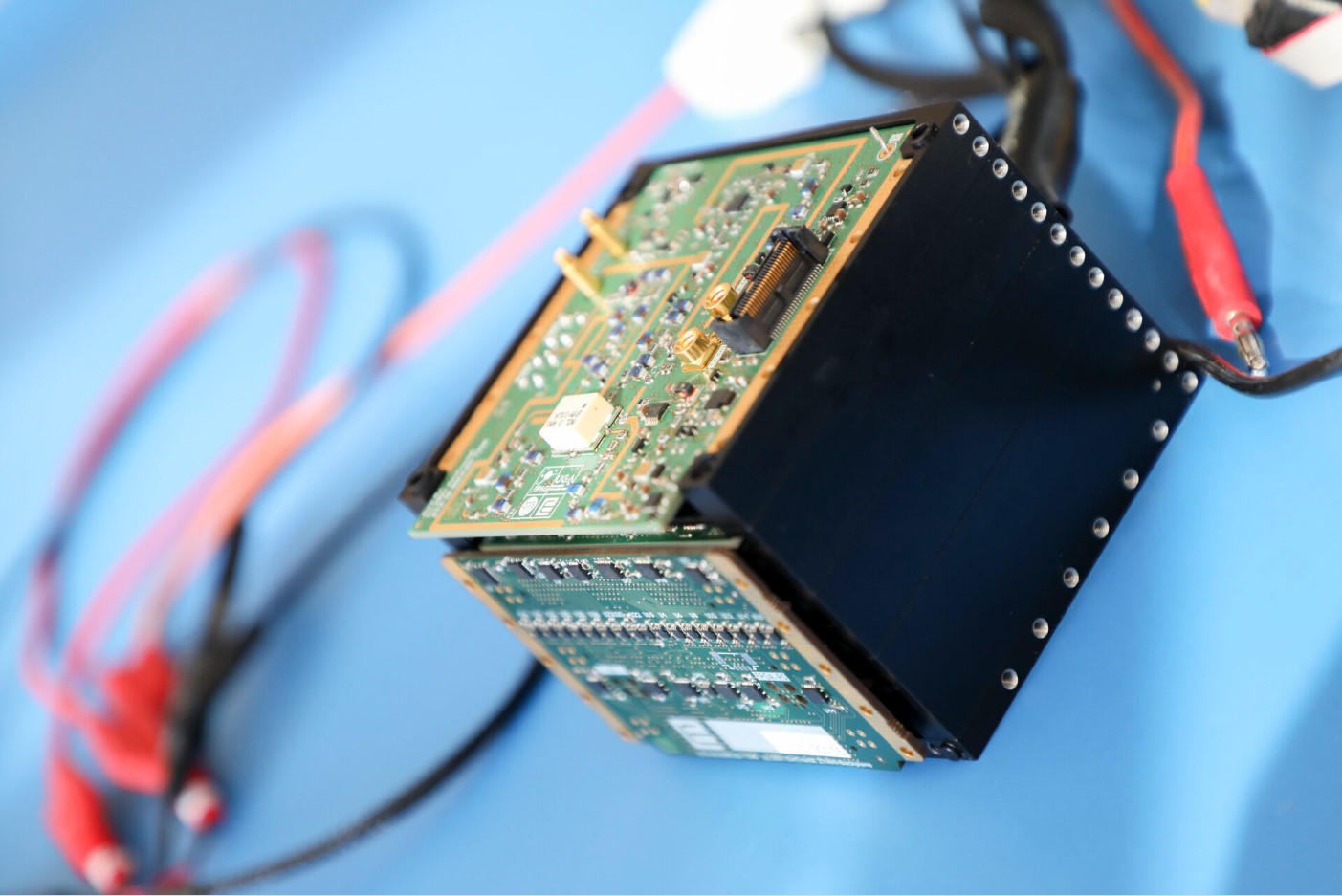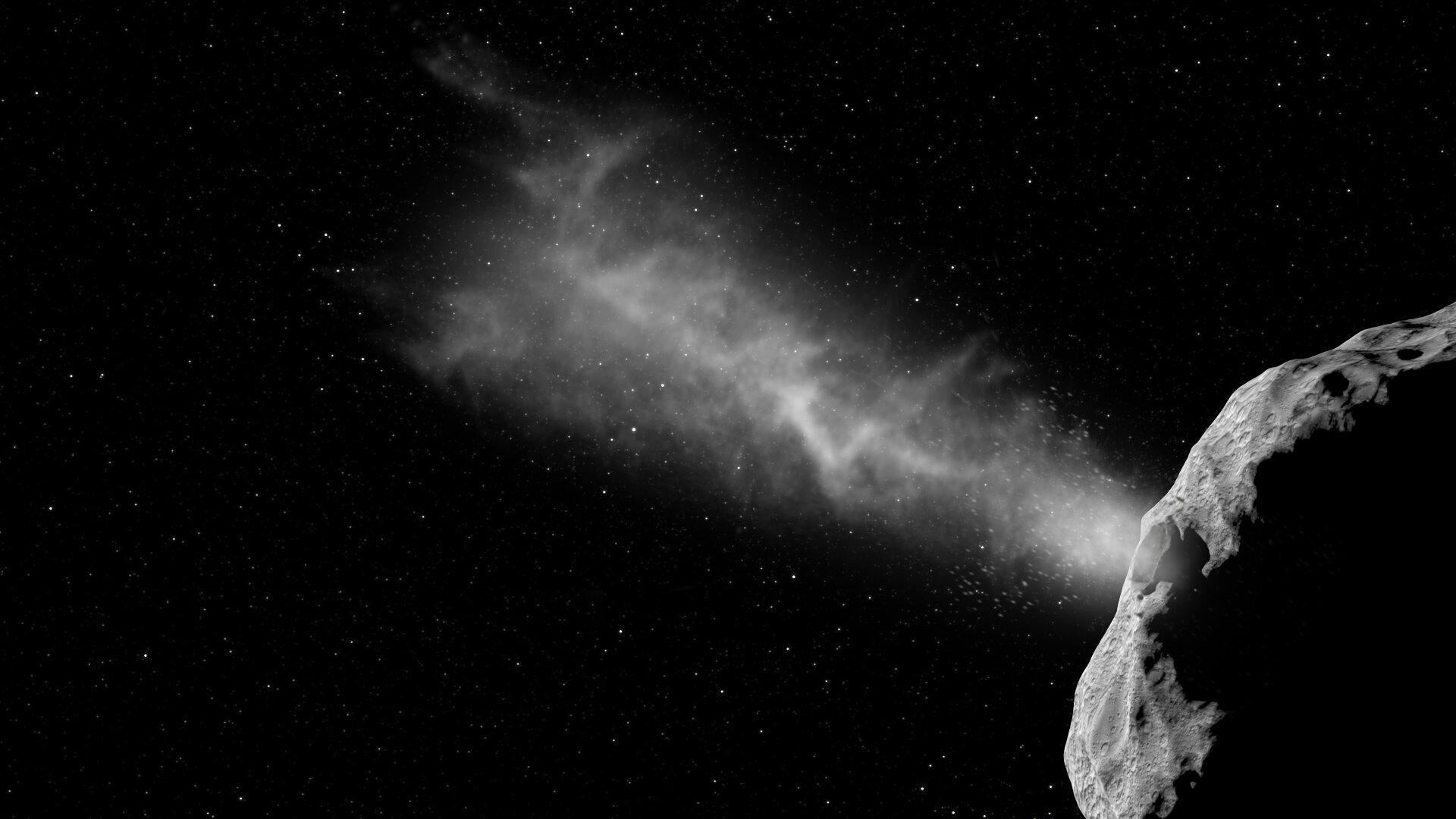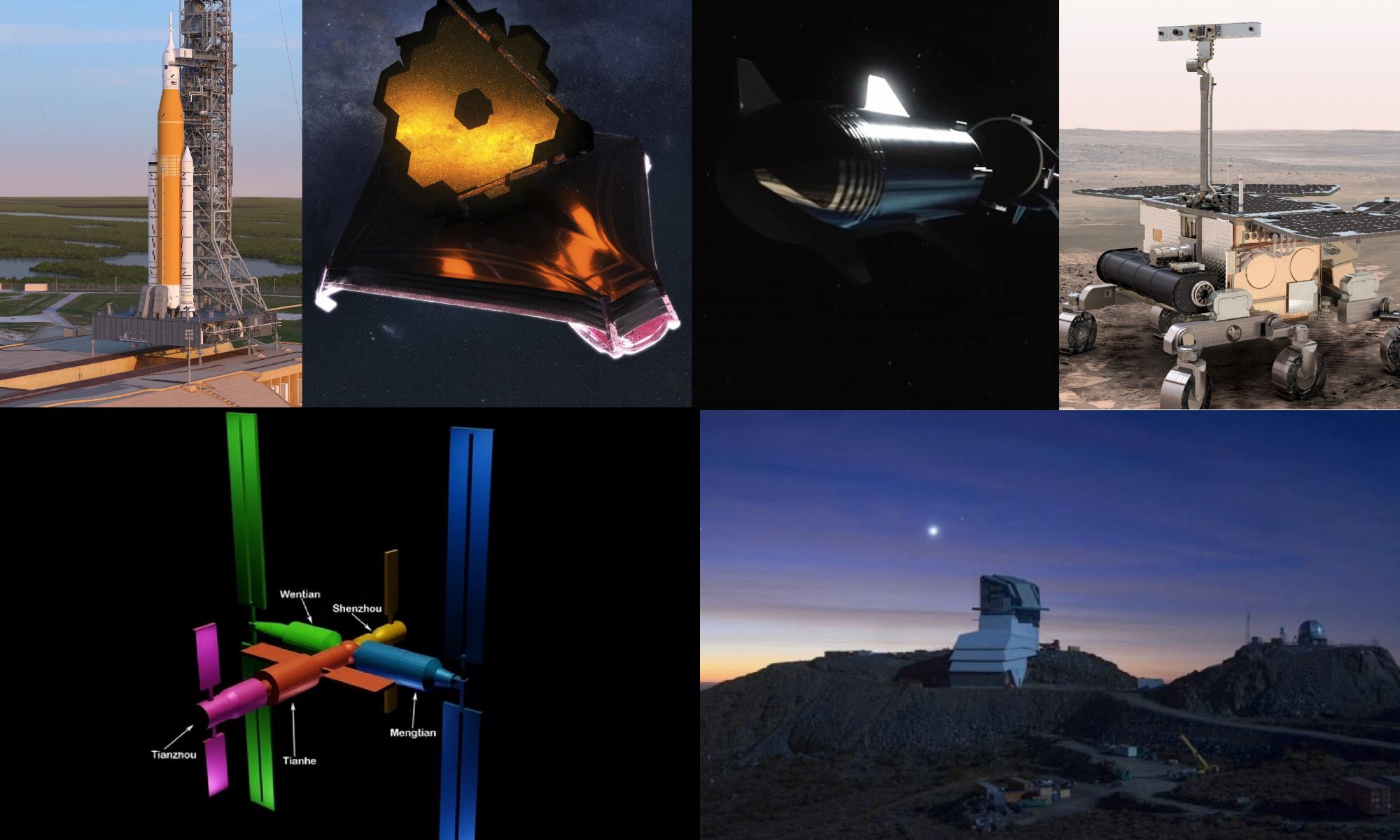Are miniature probes the future of deep space exploration?
Continue reading “The Smallest Radar Ever Sent to Space Will Probe the Interior of Dimorphos After its Impact From DART”Success! DART Impact Shortened Asteroid’s Orbit Time by 32 Minutes
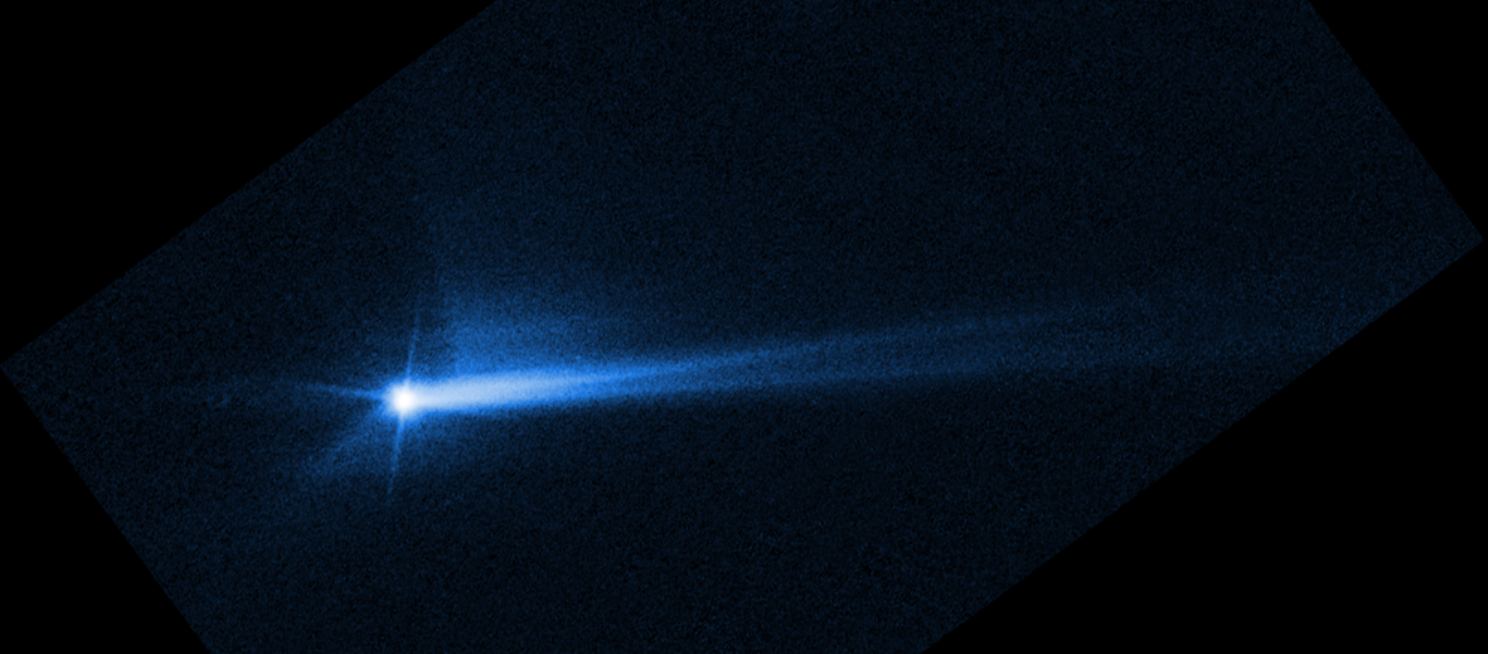
NASA says its DART spacecraft caused a larger-than-expected change in the path of its target asteroid when they collided two weeks ago — marking a significant milestone in the effort to protect our planet from killer space rocks.
Ten months after it was launched, the Double Asteroid Redirection Test’s refrigerator-sized robotic probe crashed into a 560-foot-wide asteroid called Dimorphos on Sept. 26, as it circled a bigger asteroid known as Didymos. The paired asteroids were 7 million miles from Earth at the time, and posed no threat to Earth before or after the smashup.
Before the crash, DART’s science team said they expected the collision to reduce the time it took for Dimorphos to go around Didymos by about 10 minutes. NASA would have regarded any change in excess of 73 seconds as a success.
After the crash, detailed observations from ground-based observatories showed that the orbit was actually 32 minutes shorter — going from 11 hours and 55 minutes to 11 hours and 23 minutes. That’s three times as much of a change as scientists were expecting. Scientists also said Dimorphos appears to be slightly closer to Didymos.
“This is a watershed moment for planetary defense, and a watershed moment for humanity,” NASA Administrator Bill Nelson said today. “All of us have a responsibility to protect our home planet. After all, it’s the only one we have.”
Continue reading “Success! DART Impact Shortened Asteroid’s Orbit Time by 32 Minutes”The First Telescope Images of DART's Impact are Starting to Arrive
On September 26th, at 23:14 UTC (07:14 PM EST; 04:14 PM PST), NASA’s Double Asteroid Redirect Test (DART) spacecraft successfully struck the 160-meter (525 ft) moonlet Dimorphos that orbits the larger Didymos asteroid. The event was live-streamed all around the world and showed footage from DART’s Didymos Reconnaissance and Asteroid Camera for Optical navigation (DRACO) as it rapidly approached Dimorphos. In the last few seconds, DART was close enough that individual boulders could be seen on the moonlet’s surface.
About 38 seconds after impact, the time it took the signal to reach Earth, the live stream ended, signaling that DART had successfully impacted Dimorphos and was destroyed in the process. Meanwhile, teams of astronomers stretching from the Indian Ocean to the Arabian Peninsula watched the impact with their telescopes. One, in particular – the Les Makes Observatory on the island of Le Reunion in the Indian Ocean – captured multiple images of the impact. These were used to create a real-time video and show the asteroid brightening as it was pushed away, followed by material ejected from the surface.
Continue reading “The First Telescope Images of DART's Impact are Starting to Arrive”Watch a Nicely Stabilized Video of DART Flying Past Didymos and Slamming Into Dimorphos
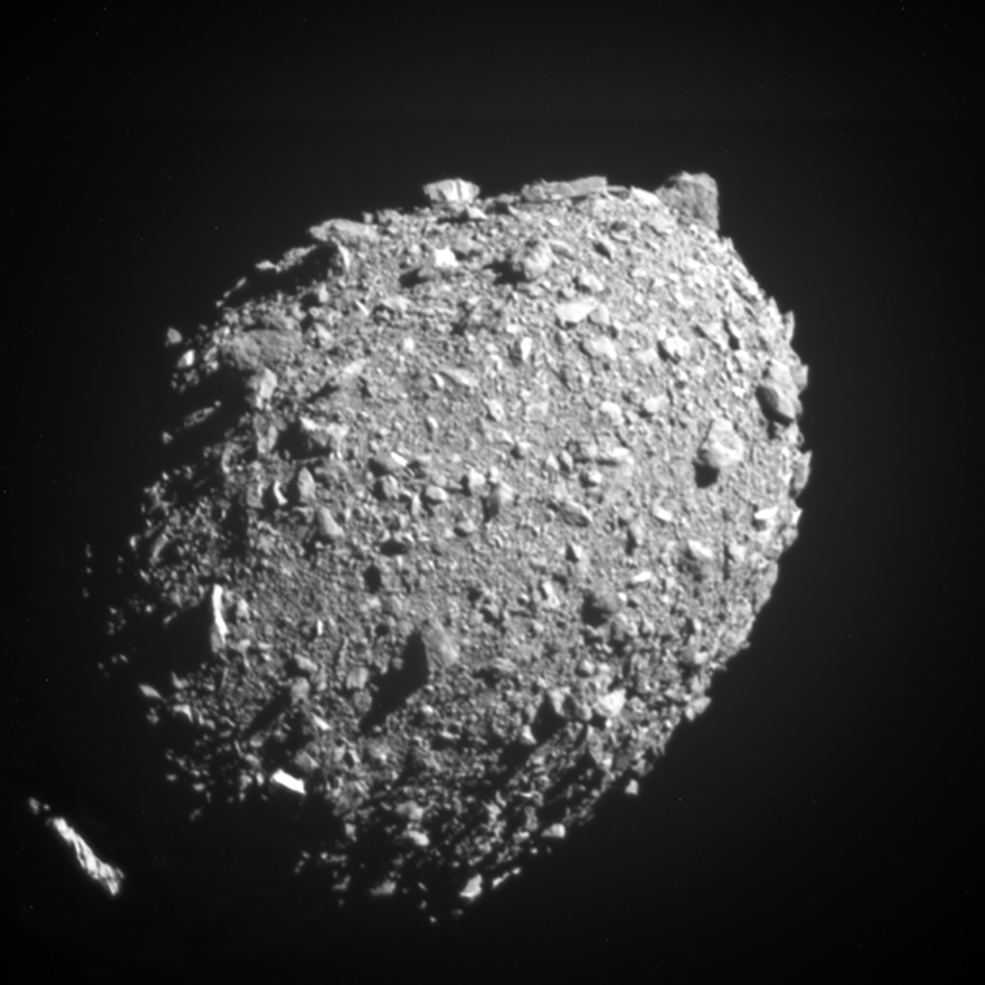
Here’s one of the best videos we’ve seen of the last minutes of the Double Asteroid Redirection Test (DART) mission as it headed towards and slammed into the asteroid Dimorphos. This stabilized version of the last five-and-a-half minutes of images leading up to DART’s intentional collision with the asteroid was produced from NASA’s DART images. It was produced by the YouTube channel Spei’s Space News from Germany.
Continue reading “Watch a Nicely Stabilized Video of DART Flying Past Didymos and Slamming Into Dimorphos”This is the Last Thing DART saw as it Smashed Into its Asteroid Target

The first-ever planetary defense technology demonstration mission successfully conducted its mission, slamming into the surface of a distant asteroid and going out in a blaze of glory. NASA’s Double Asteroid Redirection Test (DART) spacecraft acted as a kinetic impactor, colliding with the small and harmless asteroid Dimorphos on September 26 at 7:14PM ET, with the hope of deflecting it.
Continue reading “This is the Last Thing DART saw as it Smashed Into its Asteroid Target”The World’s Ground Stations are Getting Ready to Watch a Spacecraft Crash Into an Asteroid Next Week!
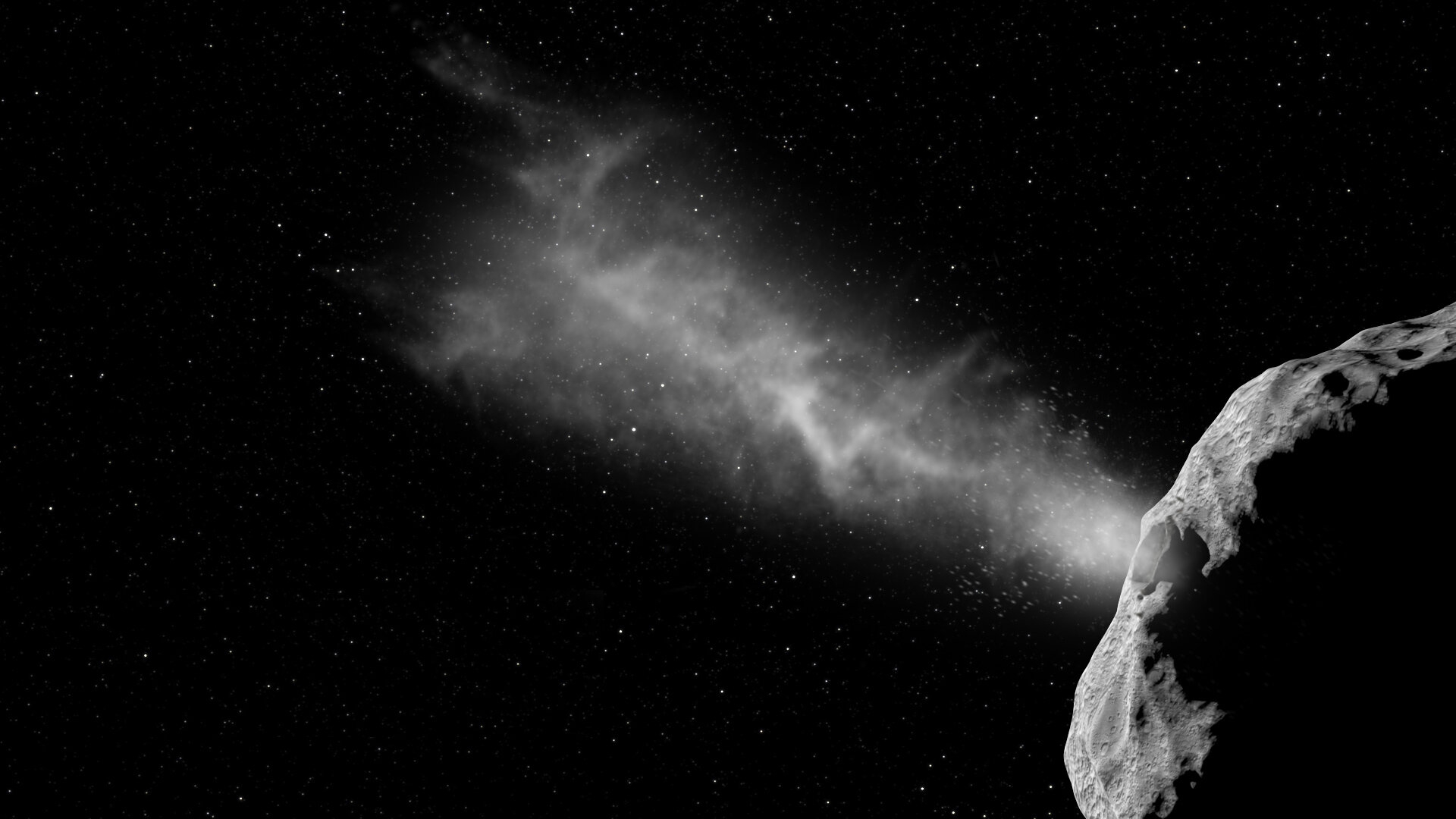
On September 26th, NASA’s Double-Asteroid Redirect Test (DART) will rendezvous with the Near-Earth Asteroid (NEA) Didymos. By 01:14 UTC (07:14 PM EDT; 04:14 PM PDT), this spacecraft will collide with the small moonlet orbiting the asteroid (Dimorphos) to test the “kinetic impactor” method of planetary defense. This method involves a spacecraft striking an asteroid to alter its orbit and divert it from a trajectory that would cause it to collide with Earth. The event will be broadcast live worldwide and feature data streams from the DART during its final 12 hours before it strikes its target.
Continue reading “The World’s Ground Stations are Getting Ready to Watch a Spacecraft Crash Into an Asteroid Next Week!”DART Sees Asteroid Didymos for the First Time. In two Weeks, it’ll Crash Into its Moon

NASA’s Double Asteroid Redirection Test (DART) mission is on its way to rendezvous with the double-asteroid Didymos. When it arrives on September 26th, DART will collide with Dimorphos – the 160-meter (525-foot) moonlet that orbits the main body – to evaluate the kinetic impact technique for the very first time. This proposed method of planetary defense consists of a spacecraft colliding with an asteroid to alter its orbit and prevent it from colliding with Earth. In July, DART took its first image of the double-asteroid, which NASA released earlier this week!
Continue reading “DART Sees Asteroid Didymos for the First Time. In two Weeks, it’ll Crash Into its Moon”The Big Spaceflight Stories You Should be Watching in 2022
The year 2021 was a big one as far as stories from space are concerned! From start to finish, 2021 witnessed innumerable milestones and groundbreaking missions mounted by space agencies and the commercial space industry. Among them, the long-awaited launch of the James Webb Space Telescope, the arrival of the Perseverance mission, the launch of Double-Asteroid Redirect Test (DART), multiple test flights with the Starship, and the inauguration of space tourism. There was something for everyone!
However, looking at what’s planned for the year ahead, one might get the impression that 2021 was the appetizer and 2022 is the main course! That may sound like an idle boast, but not when you consider all of the ambitious missions, programs, and developments that are scheduled and anticipated for the next twelve months! So exactly what’s in store for space in 2022? We’ve provided a helpful list below:
Continue reading “The Big Spaceflight Stories You Should be Watching in 2022”Here’s DART’s First Picture From Space. We Are Already Looking Forward to its Last Image

It might not look like much, but here is the first monumental image from the Double Asteroid Redirection Test (DART). Earlier this month, a circular door covering the aperture of its DRACO telescopic camera was opened, allowing the camera to take its first image.
Now, imagine what the camera’s last image will be like: a REALLY closeup view of a binary asteroid system, Didymos and especially, its moonlet Dimorphos. The goal of DART is to intentionally collide with Dimorphos. If everything goes according to plan, this will alter the asteroid’s motion so that ground-based telescopes can accurately measure any changes.
Continue reading “Here’s DART’s First Picture From Space. We Are Already Looking Forward to its Last Image”NASA Launches DART, to Learn how to Defend the Earth From a Future Asteroid Impact
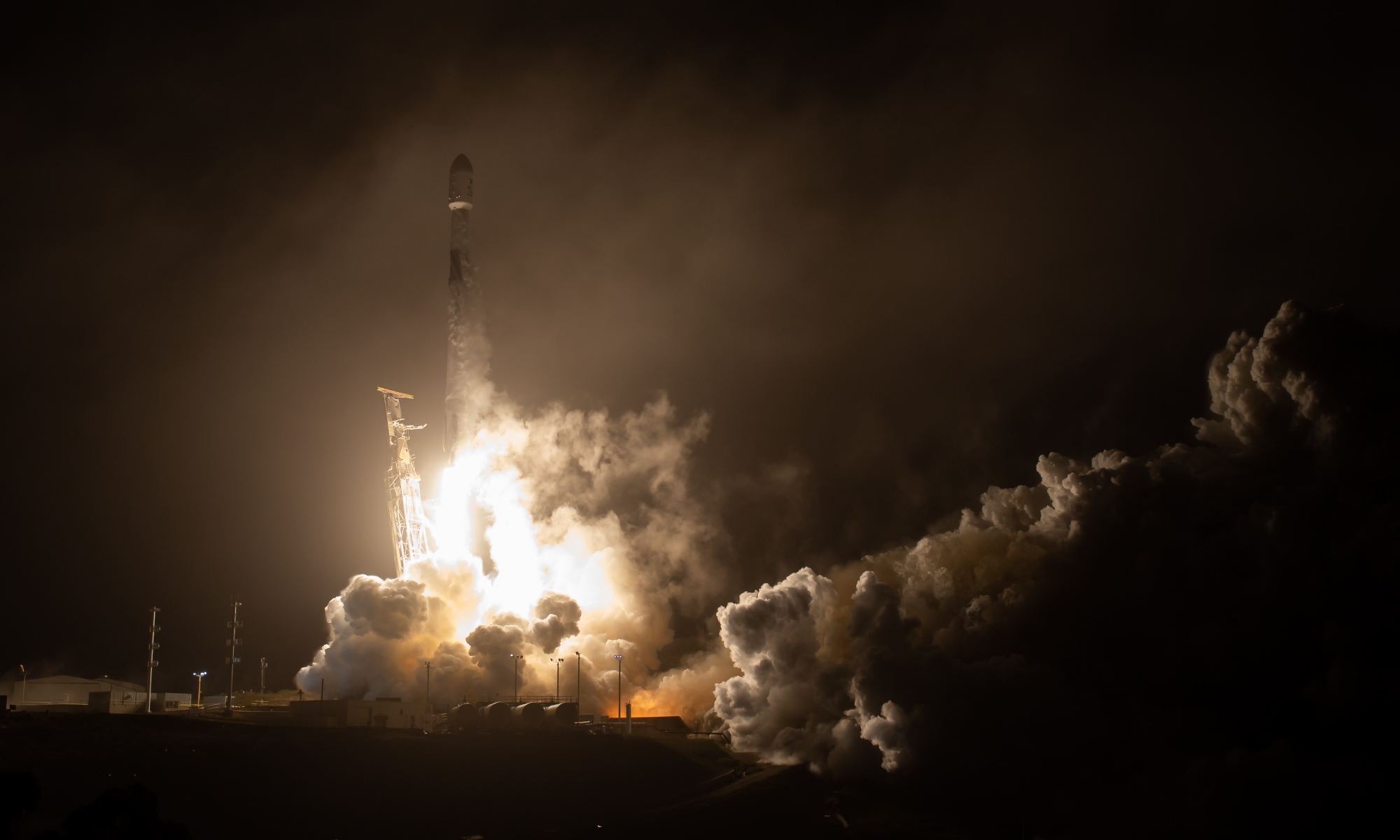
In the early hours of the morning on Wednesday, Nov. 24th, NASA’s Double Asteroid Redirection Test (DART) launched from Space Launch Complex 4 East at Vandenberg Space Force Base (SFB) in California. This spacecraft is the world’s first full-scale mission to demonstrate technologies that could someday be used to defend our planet from Near-Earth Asteroids (NEAs) that could potentially collide with Earth.
Put simply, the DART mission is a kinetic impactor that will evaluate a proposed method for deflecting asteroids. Over the next ten months, the DART mission will autonomously navigate towards the target asteroid – the binary NEA (65803) Didymos – and intentionally collide with it. If everything goes according to plan, this will alter the asteroid’s motion so that ground-based telescopes can accurately measure any changes.
Continue reading “NASA Launches DART, to Learn how to Defend the Earth From a Future Asteroid Impact”
